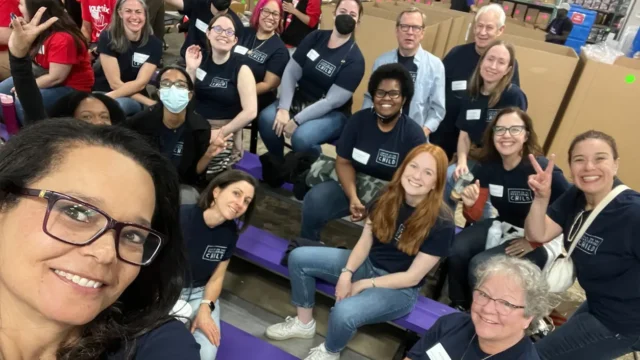Equity, Diversity, Inclusion, and Belonging

At the Center on the Developing Child, we are driven by our commitment to improving the lives of children and caregivers facing adversity. With this goal in mind, we recognize the importance of building an organization that values equity, diversity, inclusion, and belonging (EDIB) and puts those values into action. We strive to be a learning organization where we make space for reflection, approach challenges with curiosity, and engage productively across social differences.
As we work toward our vision of a world where all children can grow up in a developmental environment where they have what they need to thrive, it is critical that we acknowledge and confront the systemic racism that has shaped historic and current policy decisions that determine the conditions of the environments where children live, learn, play, and grow.
As we work toward our vision of a world where all children can grow up in a developmental environment where they have what they need to thrive, it is critical that we acknowledge and confront the systemic racism that has shaped historic and current policy decisions that determine the conditions of the environments where children live, learn, play, and grow.
When it comes to early childhood development, influences from these environments shape not only how children develop but also their lifelong health and well-being, with direct impacts on their biological systems and indirect impacts via effects on caregivers and the environment of relationships. These influences are not distributed equally or fairly across the communities where caregivers are raising young children.
Through our work, we aim to leverage science to help us understand and address these issues, while also appreciating and highlighting the knowledge, strength, and resilience that exist in so many communities that have been marginalized and subject to significant underinvestment over time.
While our hope is that science can contribute to efforts to improve the health and well-being of children and their caregivers, we recognize the long history of racist practices in scientific and medical research that have shaped much of the scientific knowledge base. We aspire to leverage our platform to highlight a range of voices, perspectives, and sources of knowledge to deepen our understanding of the influences on development and the range of solutions.


